Review
Renault’s biggest van becomes more environmentally friendly with the introduction of an electric version. By Simon Harris
Renault’s pioneering work in developing electric vans has led the manufacturer to introduce a much larger model to its line-up.
But, rather than taking steps up through its range, it believes the time is right to electrify its largest van, the Master.
As the requirements to cut vehicle emissions in urban areas become more stringent, an increasing number of organisations are seeking to go electric for ‘last mile’ deliveries.
And while the Kangoo has led the way for Renault’s commercial vehicles (CVs) so far, the bulk of this type of light commercial vehicle (LCV) freight has a greater requirement for volume than payload.
In effect, a Kangoo driver would be more likely to run out of deliveries long before running out of charge.
The Master ZE has been brought to market around a year after it was announced, thanks in part to Renault buying an electric vehicle converter specialist company (PVI in February 2017) and utilising its expertise in fitting the powertrain from the Zoe and Kangoo to Renault’s biggest van.
Packaging of the business end of the van hasn’t suffered as a result of the electric powertrain, as Master ZE comes with the same load volume as diesel versions, with four van variants (comprising three lengths and two roof heights) and two platform cabs.
The panel vans have a load volume ranging from eight-13 cu m, with payloads from 975-1,128kg.
The platform cabs feature two lengths (L2 and L3). Their payloads of 1,370 kg and 1,350 kg are suitable for conversions to high-capacity bodies for transporting up to 19 cu m.
The van will be available in the UK in the final quarter of this year, with prices likely to be announced at the Commercial Vehicle Show. Expect figures just below £50,000 including the plug-in van grant. Orders will be open from Q3.
With an NEDC EV range of 125 miles, Renault suggests a typical real-world driving range of 74 miles, or a minimum of 50 miles combining heavy loads with cold weather and frequent stops.
The van’s maximum speed is 62mph, while selecting the ‘eco’ mode, prevents battery-depleting harsh acceleration, and restricts maximum speed to 50mph to help optimise the van’s range.
According to Renault, these stats make the Master ZE suitable for most uses where electric vans are required.
And no doubt using existing power units with relatively limited range has enabled the van to arrive on the market relatively rapidly, without lengthy development times.
But we would have expected a large van platform conceived with electric power in mind to perhaps have a more impressive set of figures.
This isn’t to say the Master ZE fails to appeal to fleet operators. The company has had these customers in mind when developing the vehicle.
Renault sees the Master ZE as proof that it is able to adapt quickly to the rapidly changing needs of businesses that operate in urban environments.
With cities increasingly seeking to reduce emissions linked to respiratory problems, it will become more likely businesses and organisations operating vans will face restrictions or penalties for continuing to deploy regular internal combustion engine vehicles in these areas.
Renault has made the Master ZE readily connected for reporting of fleet management data, through its Easy Connect system.
The telematics unit remotely sends relevant information in real time on mileage, range, location, energy consumption, tyre pressure, technical alerts and mileage to the next service.
Renault says as business users’ requirements differ dependent on their trade, and as there are so many different trades and country-specific needs, the company partners with telematics service providers (TSPs) to develop tools relevant to each business activity.
Renault sends the vehicle data to these TSPs via secure servers. The TSPs can then process this data and use it to provide relevant services to the customers.
Business users who don’t yet have a telematics service for their business can find a product for their trade among the partnering TSPs’ ranges and manage their fleet of Renault vehicles.
Business users who have already implemented a partnering TSP’s telematics service can add Renault Easy Fleet Connect to send the data from their Renault vehicles.
For fleets based in urban areas, the Master ZE offers an optional ‘wide view mirror’ and a reversing camera (with a screen built into the inside rear-view mirror) or rear parking sensors.
Despite having been on sale for several years, the cab has aged fairly well and provides good comfort for the driver and front passengers.
Like many vans, there is a mobile office space with a dashboard swivel table and document holder, as well as several storage compartments.
It also has a multimedia centre with Renault’s R-Link Evolution system, including TomTom with voice command, as well as a range management functions.
For those who have yet to experience driving on electric, the Master ZE provides a relatively tranquil environment with power deployed silently, and will reduce the risk of driver fatigue with the absence of noise intrusion into the cabin and the lack of a clutch pedal.
Of course, milk floats were travelling in near silence for decades, but the Master also provides an answer to the problem of making deliveries late at night or in the early hours of the morning.
As a vehicle intended for ‘last-mile deliveries’, it certainly won’t be in danger of breaking any speed or acceleration records.
In fact, it could help change the perception of van drivers to being thoughtful and steady road users.
Verdict
With very little competition in the segment (Iveco only publishes very basic information about the Daily Electric and no pricing), the Master has an opportunity to prove the market for electric vans is becoming established, with demand for larger vehicles. But we would have greater expectations for a van that was designed with electric in mind from the outset.
Model tested: Renault Master ZE L2 H2



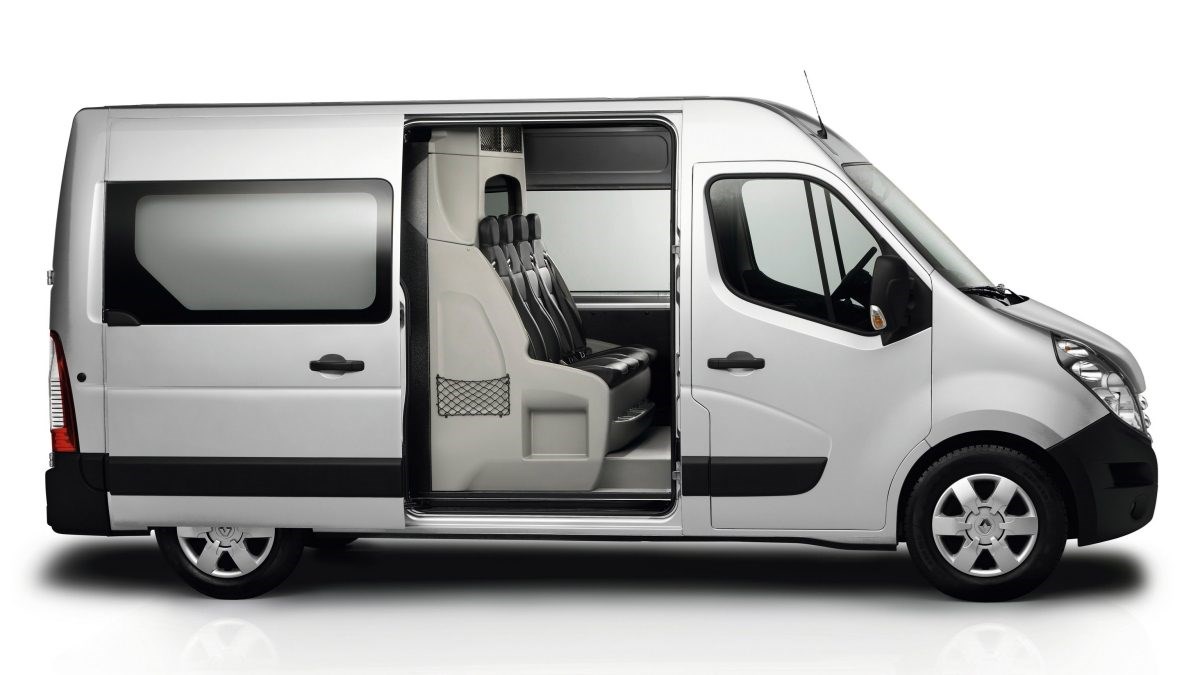
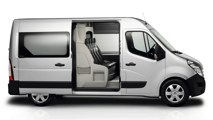
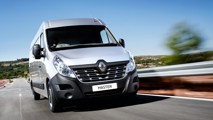
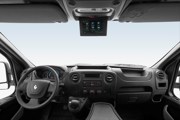
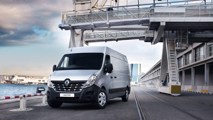
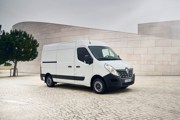
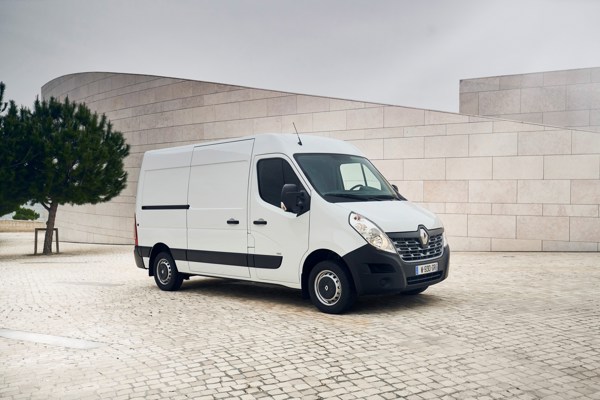
 Diesel
Diesel












